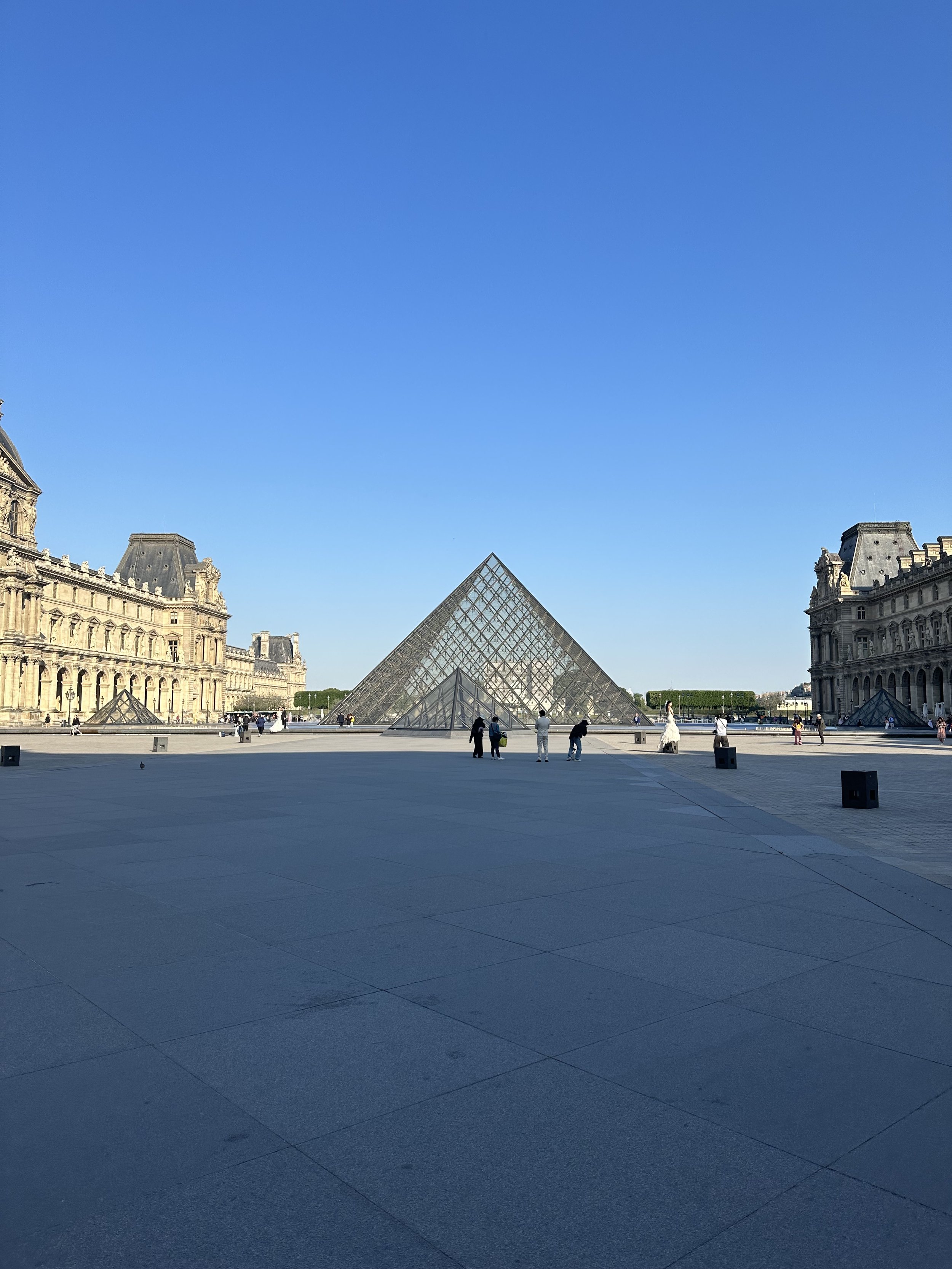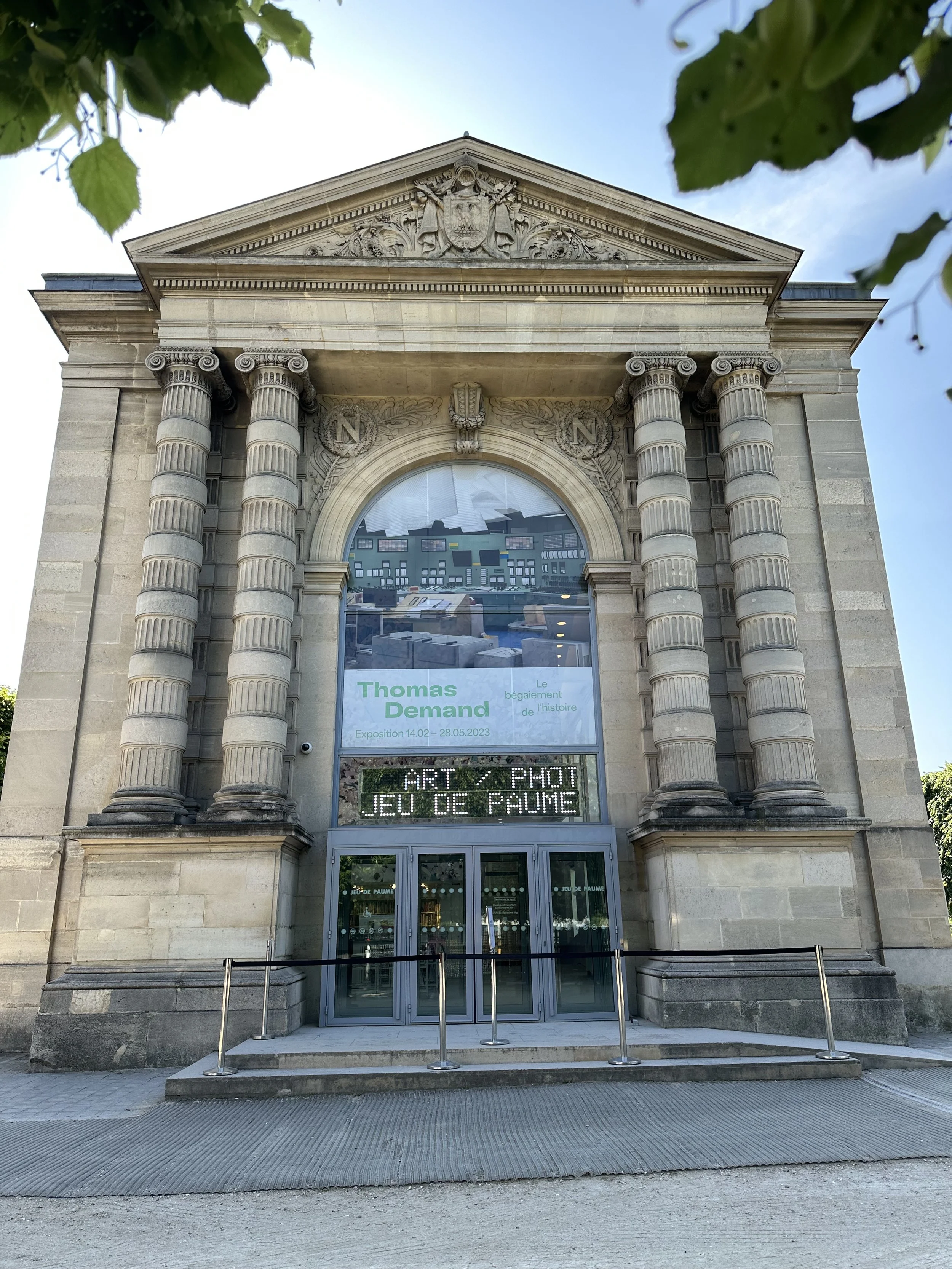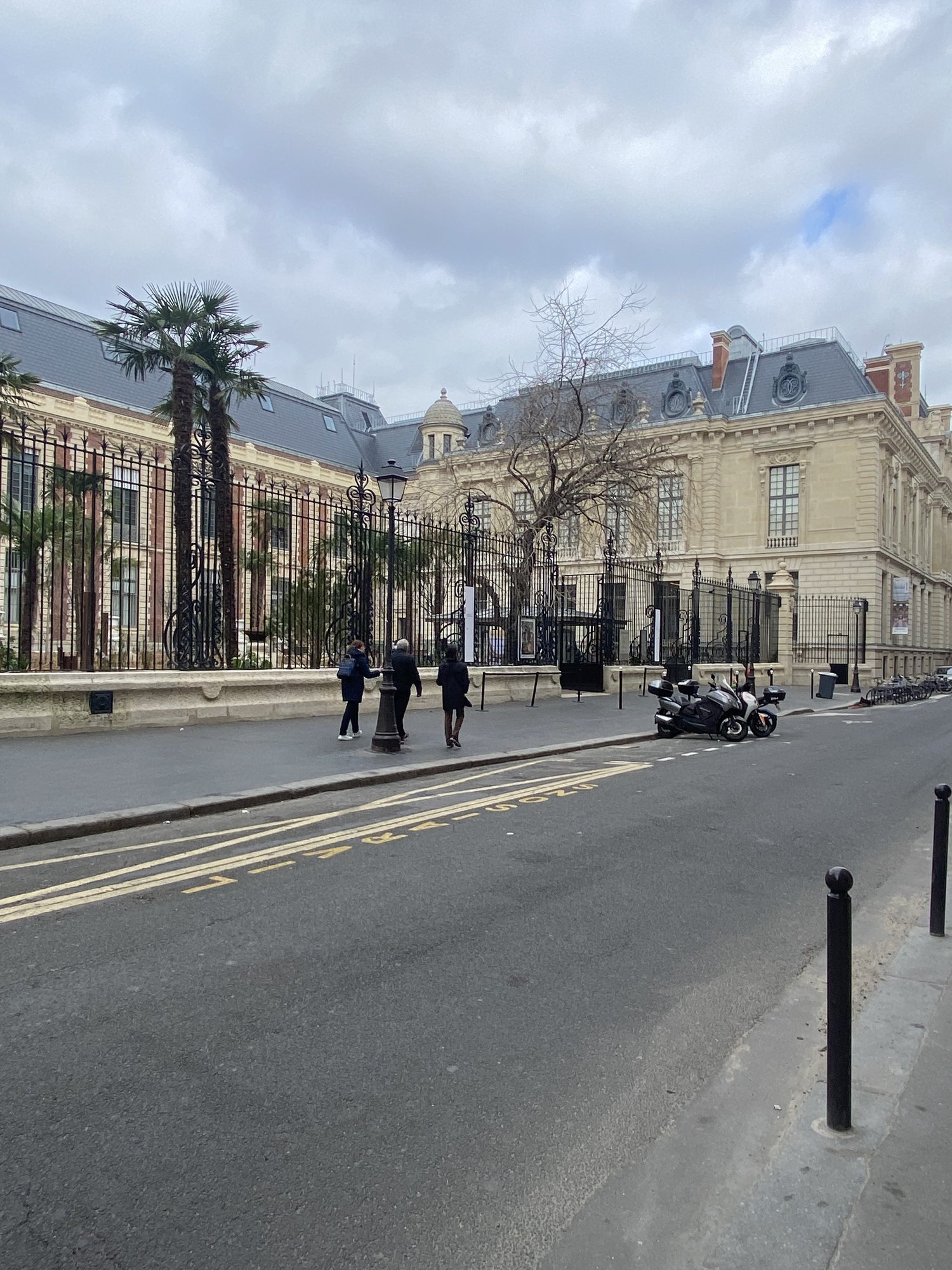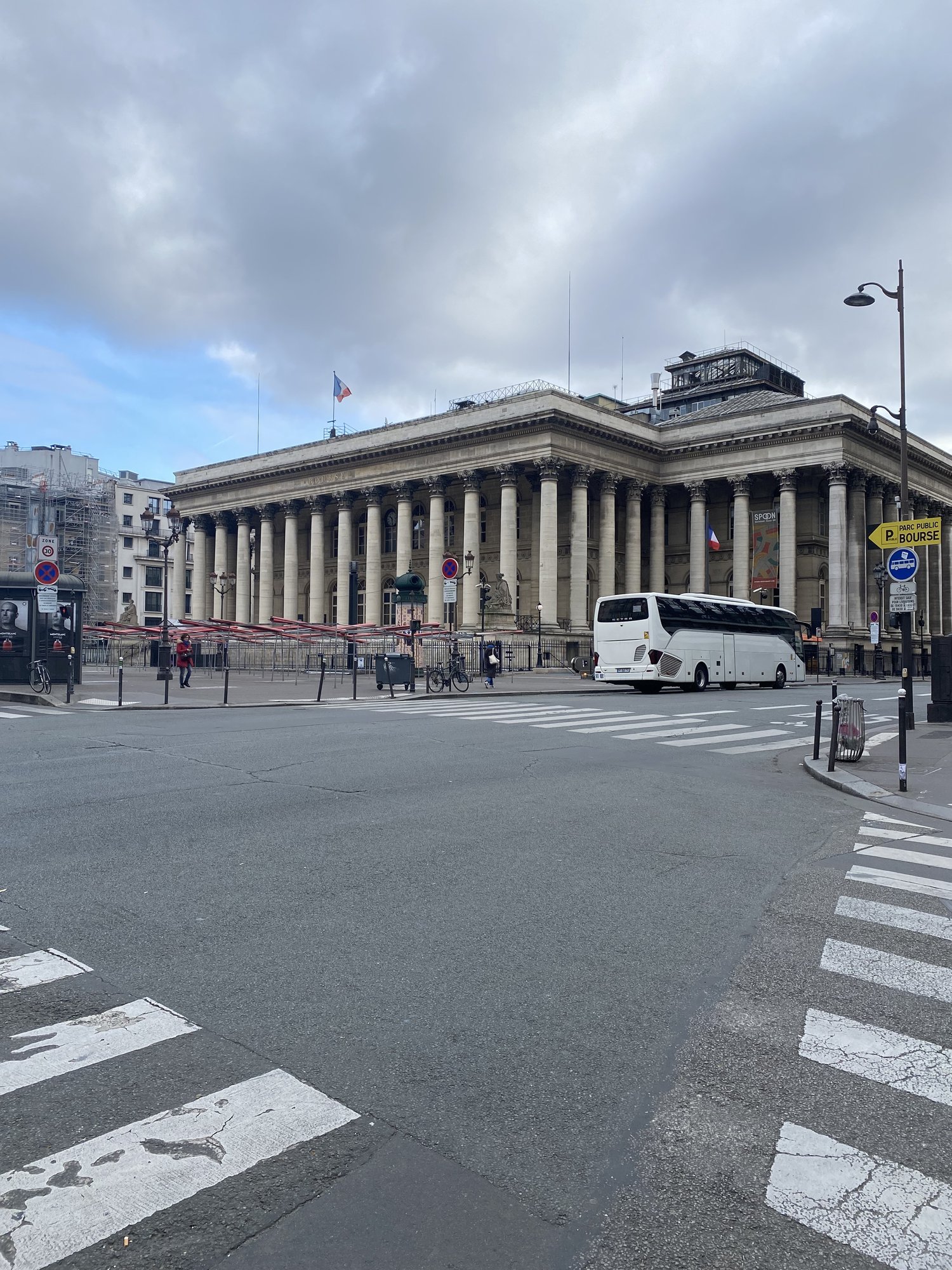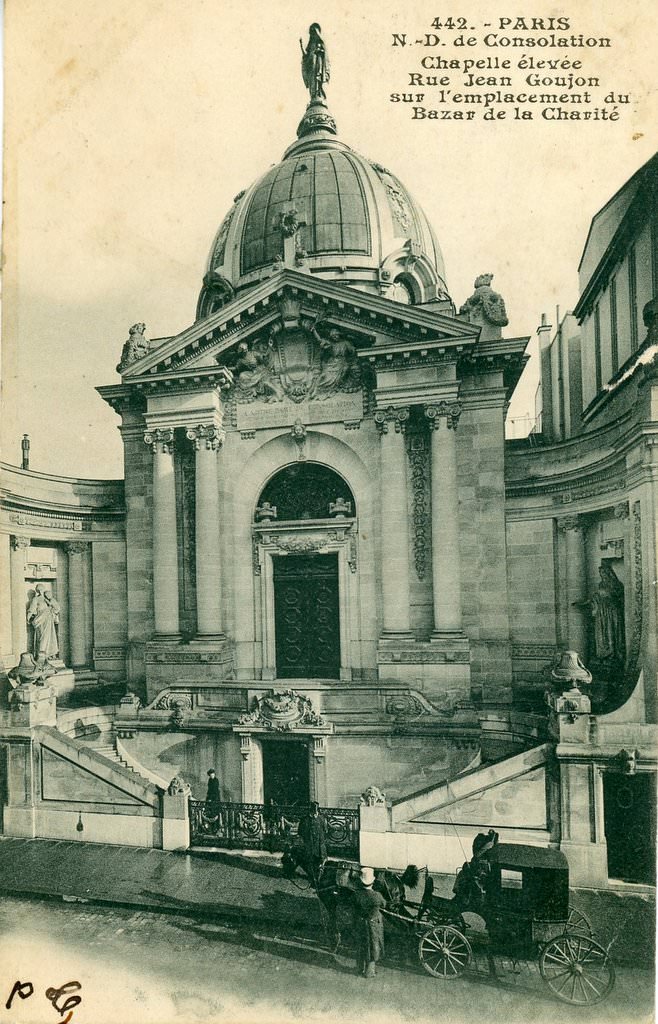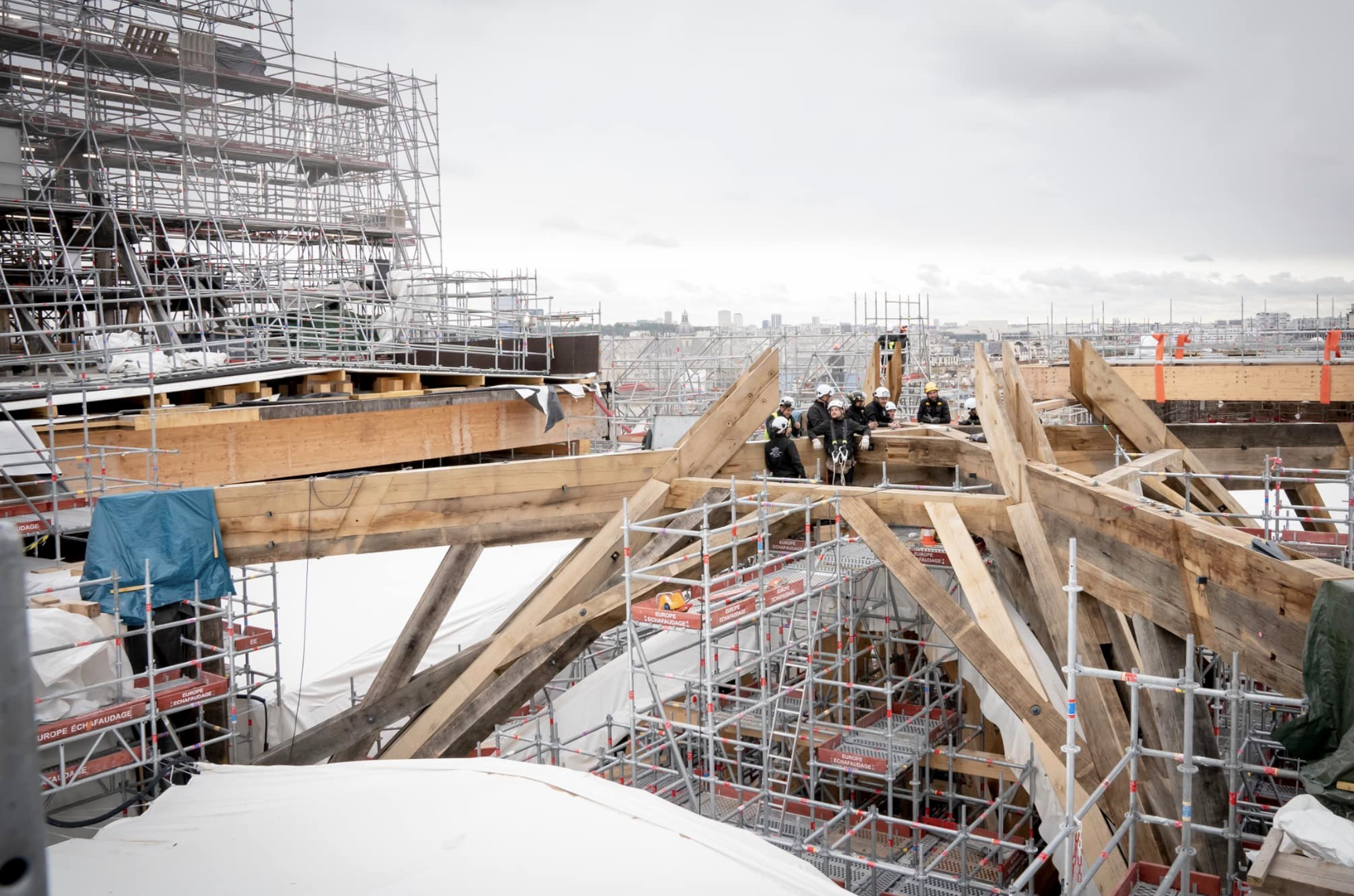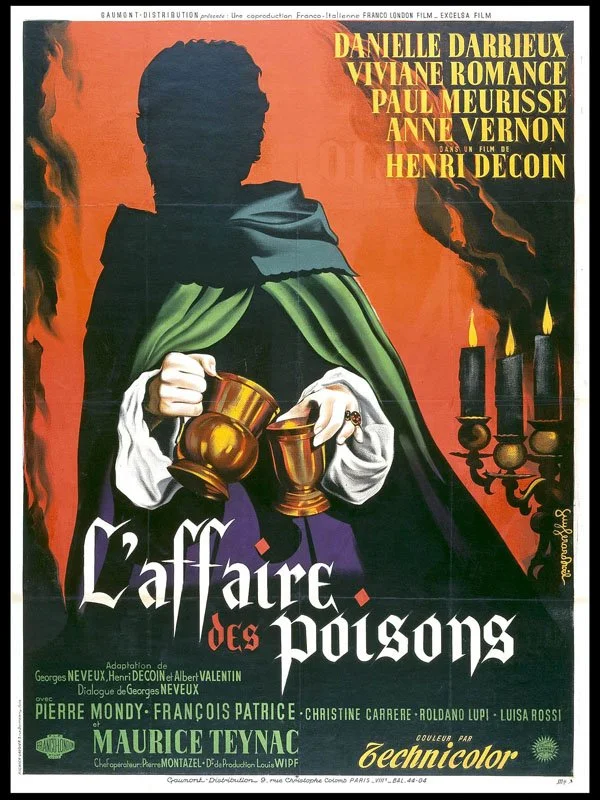Three years have passed so quickly. On May 20, 2020, we debuted the first episode of the Paris History Avec a Hemingway podcast as a part of La Vie Creative. It was two months into the pandemic, and now we are still going strong three years later. In this week’s special episode, we chat about our favorite and most surprising episodes we have done.
Krystal Kenney and I picked our favorite and surprising episodes; a few were even the same. Check each of them out and let us know which were your top episodes.
I could pick every single one as a favorite but was forced to narrow it down to just three favorites and the three most surprising. Let us know if you had a few favorites.
Saving the Louvre, episodes 307 & 309, debuted April 3 & 10, 2023. Picked by both Krystal and myself. The heroic acts that were taken in 1939 to move the art from the Louvre in order to outrun the Nazi’s path to Paris were orchestrated by Jacques Jaujard and his staff. However, this wasn’t the first time. The act of saving the Louvre went back to 1830 with the Three Glorious Days, captured on canvas by Eugene Delacroix. In World War One the most important pieces were moved or hidden. Veronese’s Wedding Feast of Cana was hidden behind a wall The brave men and women spent the years of World War II hidden away with the art they guarded so every single piece could be returned to the walls of the Louvre.
Listen to the episodes here and here.
Notre Dame Four Years Later, episode 183, debuted April 17, 2023. It’s hard to imagine that it’s been four years since the fire that came close to destroying Notre Dame de Paris. Today, Notre Dame is ahead of schedule and just this last week the rafters of the roof began to be dropped into place. With a planned opening of December 8, 2024, the next year will bring a growing spire and roof that will once again get us closer to being back inside.
Listen to the episode here and watch the YouTube video here
Rose Valland, episode 24 debuted, July 20, 2020. It could never be a list of favorites for me without Rose on it. The greatest woman in French history, Rose Valland was an integral part of the puzzle of the looted art by the Nazis in WWII. The actions that Rose took during the war saved more than 60,000 pieces of art that were returned to their rightful owners. Without the Rose Valland the Monuments Men would never accomplish what they were tasked to complete.
Listen to her story here.
The Flooding of the Seine, episodes 289 & 290, debuted January 30 & February 6, 2023. Records going back to the 6th century have tracked the height of the Seine in Paris. In 1910 the Seine rose to one of its highest points in history. Months of rain and snow that were greeted with higher-than-normal temperatures in December became the perfect storm that forced thousands from their homes. Since then the Seine has come close, most recently in 2016 & 2018 which caused the Louvre to build an entire structure outside of Paris to hold the overflow of art.
Listen to the episode here & here
Other favorites include:
The Palais Garnier, episode 257, October 10, 2022
Montmartre and It’s Artists, episode 233, July 18, 2022
Widows of Champagne, episode 197, May 14, 2022
The Steinheil Affair, episode 305 March 27, 2023
Henri Landru, the French blue beard, episodes 293 & 295, February 13 & 20, 2023
Women of Monet, episode 143, September 6, 2021
Women of Manet, episode 127, July 12, 2021



